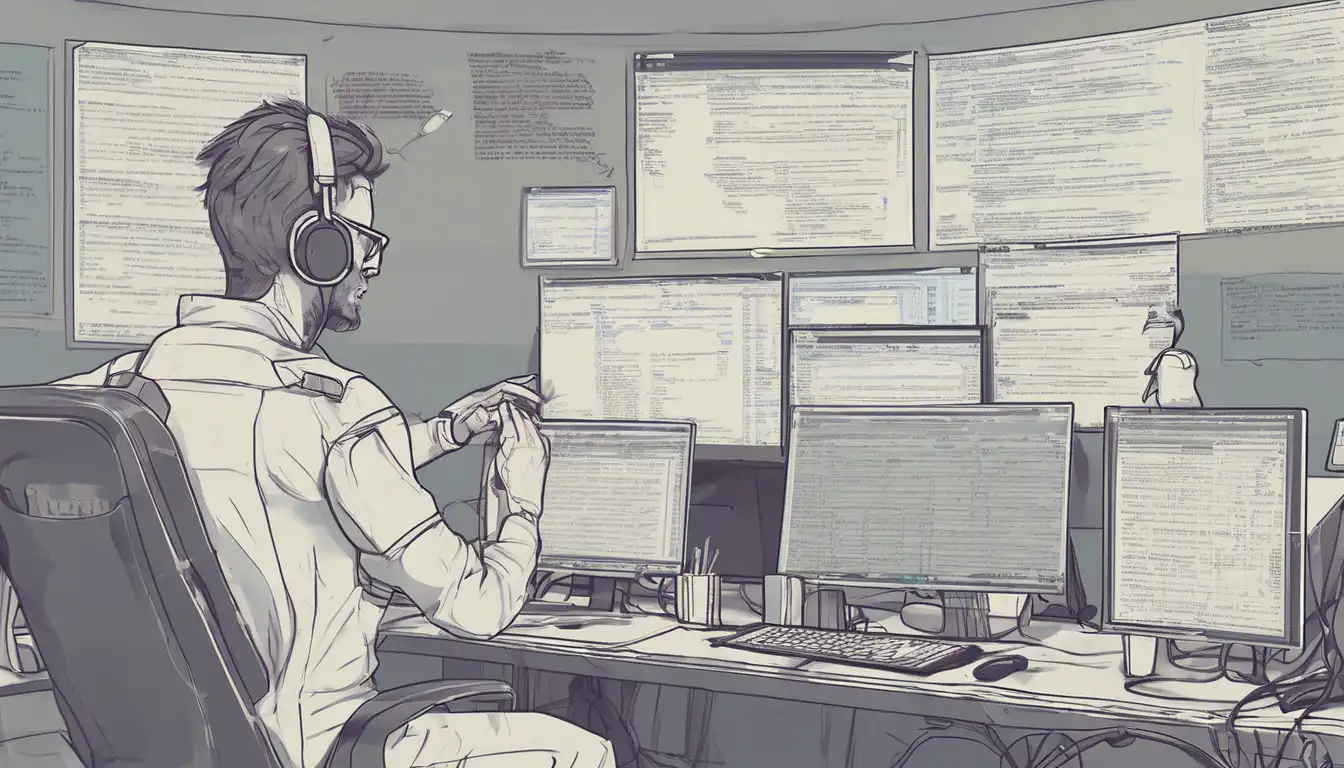Introduction to Professional Code Debugging
Debugging is an essential skill for any programmer, yet many struggle with it. This guide will walk you through the professional techniques to identify and fix bugs in your code efficiently.
Understanding the Debugging Process
Before diving into debugging, it's crucial to understand what it entails. Debugging is the process of identifying, analyzing, and removing errors or bugs from software or hardware.
Step 1: Reproduce the Bug
The first step in debugging is to reproduce the bug consistently. Without a reliable way to reproduce the issue, it's challenging to identify its cause.
Step 2: Understand the Code
Take the time to understand the code surrounding the bug. This understanding is vital for identifying the root cause of the issue.
Effective Debugging Tools and Techniques
There are several tools and techniques that can make debugging more manageable. Here are some of the most effective ones:
- Use a Debugger: Debuggers allow you to step through your code, inspect variables, and understand the flow of execution.
- Logging: Adding log statements can help you track the execution flow and the state of variables at different points in time.
- Unit Tests: Writing unit tests can help you isolate the bug and verify that your fix works.
Common Debugging Pitfalls to Avoid
While debugging, it's easy to fall into certain traps. Here are some common pitfalls to avoid:
- Assuming Instead of Verifying: Always verify your assumptions with evidence from the code or logs.
- Ignoring the Environment: Sometimes, the bug might be due to environmental factors, such as differences between development and production environments.
- Overcomplicating the Solution: Keep your fixes as simple as possible. Overcomplicating can introduce new bugs.
Advanced Debugging Strategies
For more complex bugs, you might need to employ advanced strategies:
- Binary Search: If you're dealing with a large codebase, use a binary search approach to narrow down the location of the bug.
- Pair Programming: Sometimes, a fresh pair of eyes can spot the issue quickly.
- Post-mortem Analysis: After fixing the bug, conduct a post-mortem to understand how it occurred and how to prevent similar issues in the future.
Conclusion
Debugging is a skill that improves with practice. By following the techniques and avoiding the pitfalls outlined in this guide, you'll be able to debug your code like a pro. Remember, the goal is not just to fix the bug but to understand why it occurred and how to prevent similar issues in the future.
For more insights into programming and software development, check out our programming tips section.
